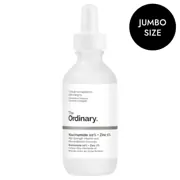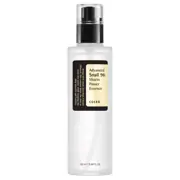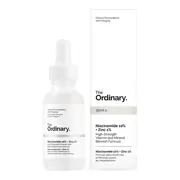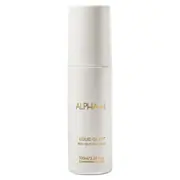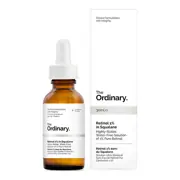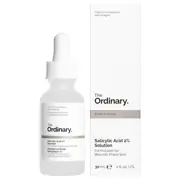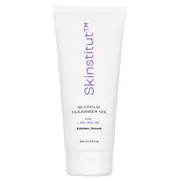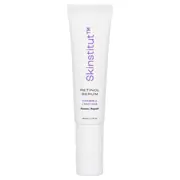2. Nodules & Cysts.
Cysts are the most severe type of inflamed acne pimples, and these sit below the surface of your skin.
They can also be extremely painful and take weeks or months to heal. They often look like boils, although severity can vary.
Nodules are larger bumps that also sit below the surface of the skin. They’re often hard to touch and super painful.
Both nodules and cysts are very hard to treat with over-the-counter products, and are classified as severe forms of acne.
If you are concerned, definitely book in to see a dermatologist. The earlier you see a professional, the better, as this will prevent acne scarring!
Rather than trying to squeeze your skin at home, focus on calming and brightening ingredients to prevent post-acne scarring.
Pimple products to try:
Cosmedix Simply Brilliant 24/7 Brightening Serum is a great serum to treat and prevent post-acne scarring.
It contains skin lightening ingredients that target existing pigmentation, but also prevent more from forming.
Calming the skin is very important when you are dealing with blemishes.
asap super B complex 30ml is packed with niacinamide, which regulates oil production and helps minimise the look of redness and inflammation.
In-clinic skin treatment options:
LED treatments are minimally invasive, and help wound healing and calm inflammation.
Your clinician will be able to advise which wavelength of light will be best for your concerns.
In-clinic LED is stronger than at-home LED devices.
You can learn more about the difference in our LED YouTube video here.

